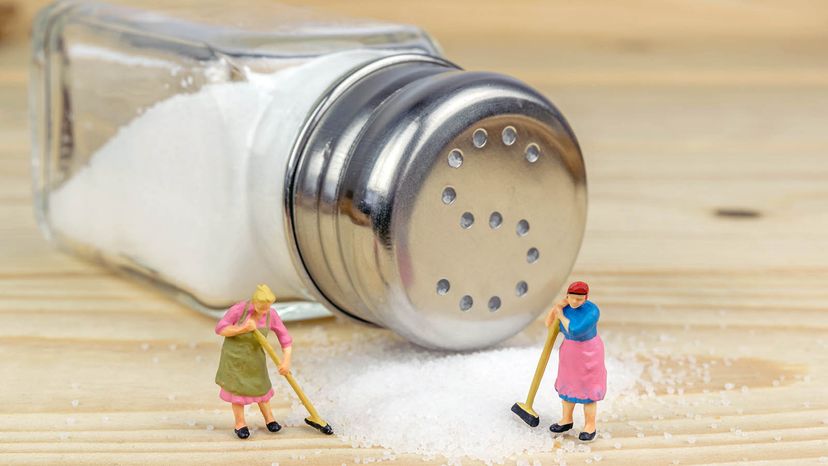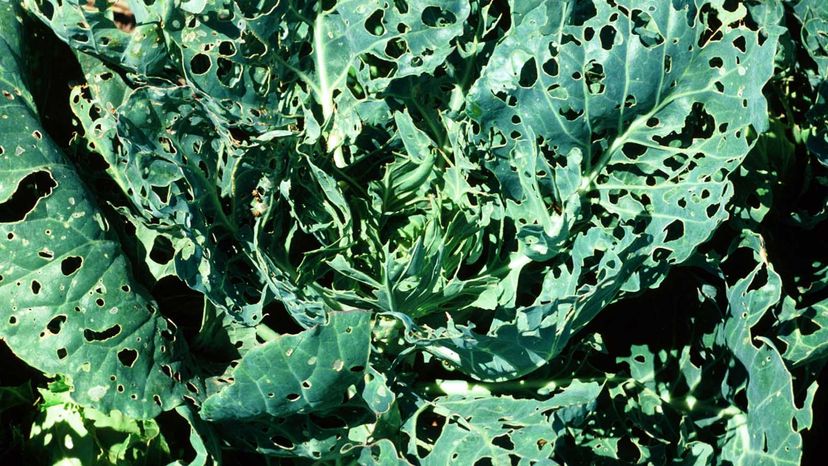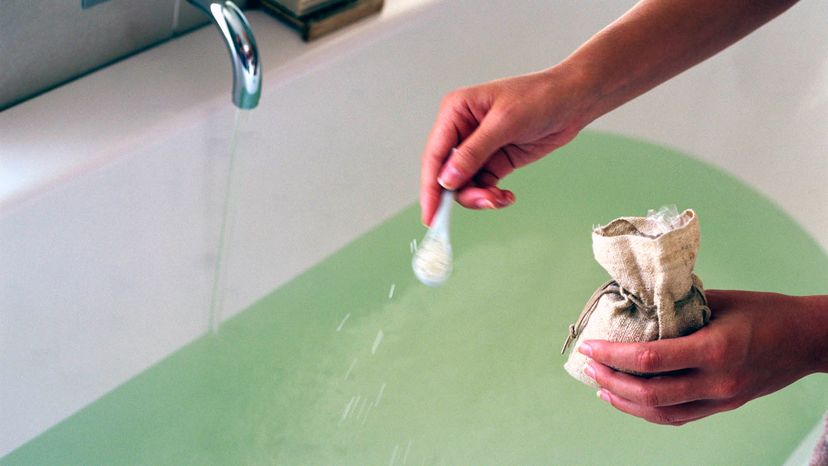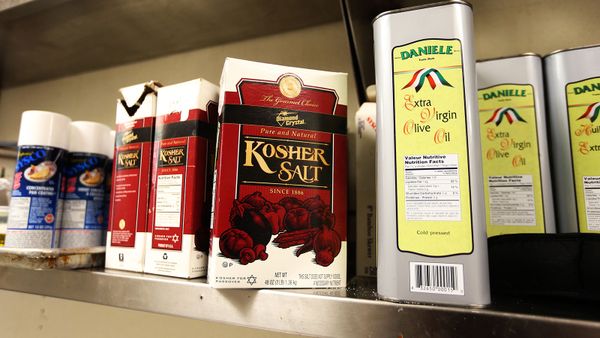
Key Takeaways
- Salt serves many noncooking purposes around the home, such as cleaning and maintaining household items, beautifying the garden and aiding in personal care.
- It can be used to kill weeds, deter pests in the garden and facilitate easier cleanup of tools and outdoor gear.
- Inside the home, salt helps in removing stains from fabrics, cleaning your teeth and skin, and even deodorizing and polishing metals and wooden surfaces.
Surely you have a shaker of salt sitting on your table or in your spice cabinet. It's by far the most popular seasoning for several reasons. Salty is one of the five tastes that humans can distinguish (the others are bitter, sweet, sour and umami or savory). So salt enhances our foods by essentially upping their natural flavors.
Chemically, salt is NaCI and for centuries, it was a rare commodity. It's been used as everything from a currency and brine to a food preserver. Today it's cheap and can be used for all types of applications that don't involve cooking. Check out this helpful list of surprising uses for good old NaCI that are "worth their salt."
Advertisement
Advertisement





